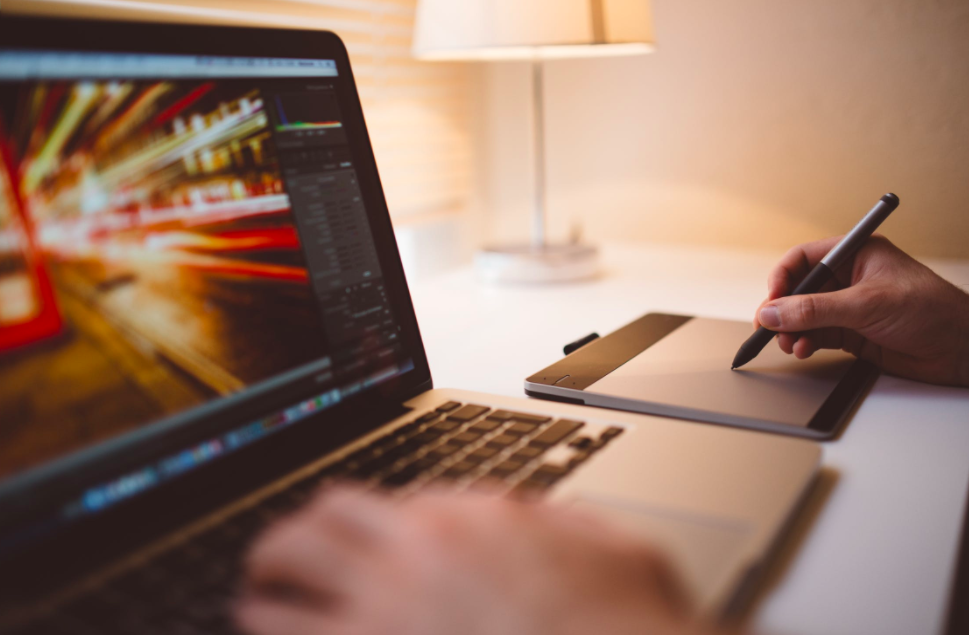
Interview Prep: 10 Things to do Before Your Design Interview
No matter which type of design you specialize in – brand, product or any others, interviews are generally meant to probe two distinct skillsets—your soft skills, or ability to work well with others, and your technical design skills. These ten tips can help to ensure you don’t miss any critical pieces as you prepare for your interview.
Soft skillsInvestigate company culture: Companies want to hire employees whose values align with their own, so do some research on each company you interview with. Many companies will list values on their ‘About Us’ or recruiting pages. Once you have a good sense of what they are, consider which of your experiences demonstrates commitment to the various company values. There are companies who include a values interview as part of the onsite interviews with a cross functional team member to truly calibrate whether you are not a values fit for the organization.
Figure out why you’re passionate about the company: Perhaps it’s the industry, the team, or the product you’re passionate about—or all three. Whatever it is, gather your thoughts to be able to speak eloquently about why you’re excited about the opportunity. In the interview, asking questions like ‘what makes you proud to work at this company?’ and ‘why did you join and what keeps you here?’ can give you a sense of why employees love it—and demonstrate that you care about contributing to the company’s success and mission.
Highlight quick learning abilities: Evaluating talent can be challenging because you’re working against the clock. Top talent doesn’t stay on the market for long and hiring managers don’t always have the ability to fully vet each candidate. The most effective hiring processes take between 1-2 weeks because efficiency of time to hire is key. So while you’re interviewing, it’ll help your interviewers if you can demonstrate that you’re a quick learner who’s keen to take on new challenges. Think about some past experiences that highlight these tendencies, and be ready to share them in your interview.
Practice your body language and attitude: Body language and verbal cues can have a huge impact on how others perceive you, and this is especially important in an interview, when you have limited time to make a good impression. Before going in, think about your bad habits (Do you have a tendency to cross your arms? Frown when others are speaking?), what you could do better, and how to remind yourself of this during the interview.
Know who’s interviewing you: Given your interviewers will likely be the people you work with on a day-to-day basis, it’s important to gel with them from the start, and knowing their backgrounds can help you to find common ground and break the ice sooner than later. In addition to prioritizing building rapport from the beginning, it’s important to do your research about their background, strengths and previous roles. It’ll help give you context as you have a conversation with them and optimize to make an impactful impression.
Design skillsBack up your thinking on why you’ve worked on which projects: Good design isn’t just about project outcomes, but also the thinking that goes into an idea in the first place. You should be able to articulate which real problems you’ve chosen to work on and why, and how you went about tackling said problems.
Be prepared to show off/talk about designs in your portfolio: Be familiar with what’s in your portfolio, and ready to demonstrate why your work is great. Interviewers will be looking for usability and thoughtful design, as well as your grasp on common patterns and interactions that show up across products and user experiences.
Know your past challenges and how you dealt with them: As in most roles, being able to quickly triage unexpected challenges with limited resources is a key skill for designers. Think through some of your past challenges, how you handled them, and what you learned about how to improve the next time. Even better, you’ll be able to speak to a ‘next time’, demonstrating that you learn efficiently from mistakes.
Prepare case studies showcasing good design process: A nice product is one thing, but companies want to know that designers understand and can implement a solid design process. In preparing examples of work you’ve done, be prepared to talk through the process of how you did it.
Have an opinion on the company’s product(s) from a design perspective: It’s important to spend some time with the company’s product(s) before going in to interview. Assess what the product looks like today and take note of what you like, but also consider which recommendations you’d make—and think about how you’d work with the team to come up with better solutions. This is an opportunity to tie together why you’re passionate about the company with how you envision yourself adding value with your craft.


